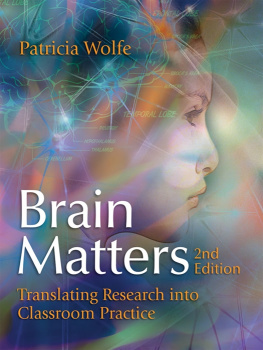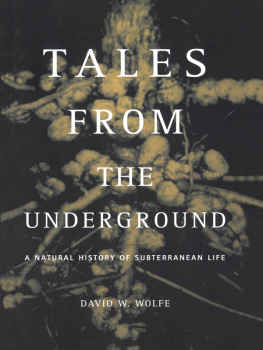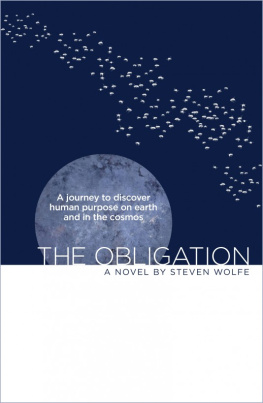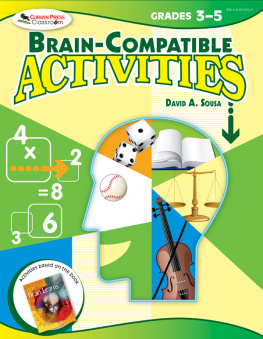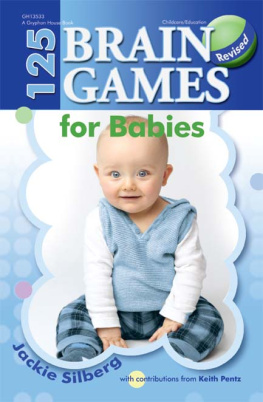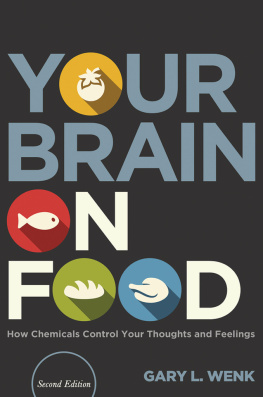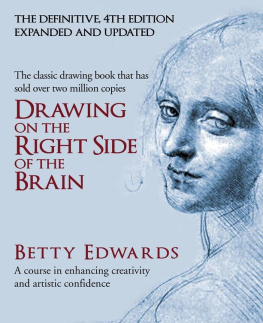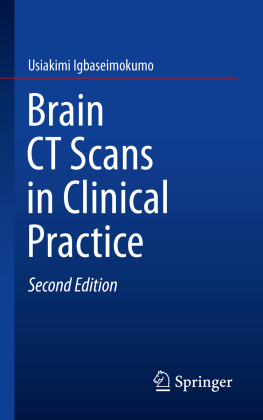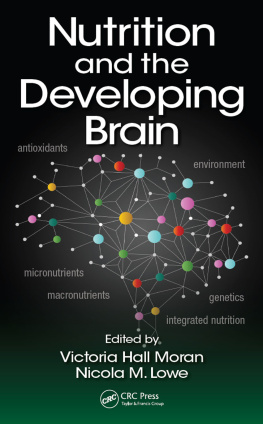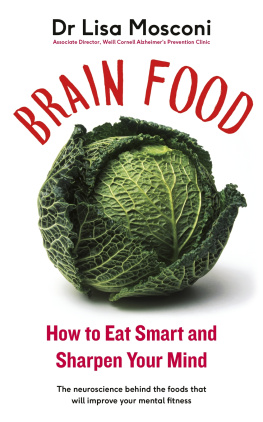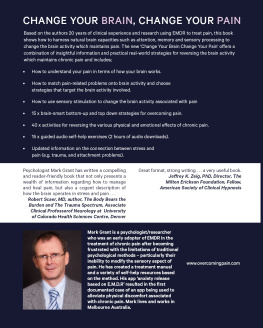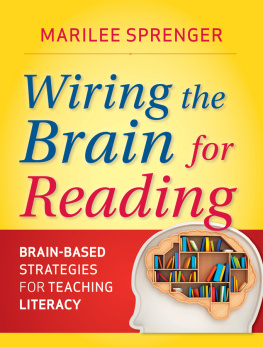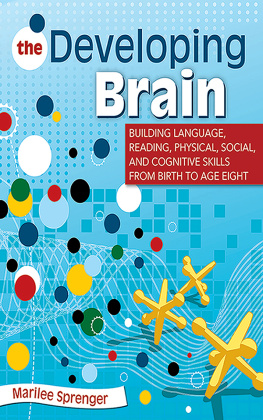Dedication
....................
To Alex and Kyra, my twin grandchildren,
who have provided me with a living laboratory
to view the wonders of the developing brain.
Preface and Acknowledgments
Some scientists and educators think it is too soon to apply brain research to the classroom because we don't yet have enough information. The field is so new, they say, and the discoveries in many cases are so narrow in their focus, that we run the risk of making false assumptions and perhaps even dangerous applications. Too often, the critics' caution is warranted. Educators have a history of jumping on bandwagons, and they often have accepted unproven theories as fact and applied strategies without careful analysis of their effectiveness.
We educators need to do a better job of critically analyzing the vast amount of neuroscientific information that arrives almost daily. Some of this information is reported in depth and is reliable, but other findings have been reduced to "sound bites" that invite misinterpretation. If we are to receive full benefit from this information (and be viewed as professionals), we need to develop a solid knowledge base that reflects an accurate understanding not only of the function and structure of the brain but of the procedures and protocols that were used in the research studies. We do not have to become scientific experts, but we do need to look critically at the sources of the information. Too often, the media report "facts" about brain functioning on the basis of one small study or, worse, from poorly conducted studies. The result is what we might call "neuromyths." Neuromyths are generally hypotheses that have been invalidated but nevertheless continue to leave traces. Many of these beliefs may have been disproved by science, but they continue to be stubbornly persistent and passed on into the public mind (OCED/CERI, 2007). Some common neuromyths include:
- We only use 10 percent of our brains.
- Listening to Mozart will make you smarter.
- Some people are more "right brained," and others are more "left brained."
- A young child's brain can only manage to learn one language at a time.
- Everything important is determined by the age of three.
- You can't change your brain.
- The brain remembers everything it has ever experienced; forgetting is an absence of recall ability.
- Gender differences outweigh individual differences when it comes to learning abilities.
- There are brain differences by race.
- Drinking plenty of water is important for brain functions.
While the skeptics' doubts are understandable, many scientists and educators are not willing to wait until all the research is in and we have absolute certainty before beginning to explore the possible educational implications and applications of research findings. In 2006, Harvard University introduced a new program in educational neuroscience, or neuroeducation, in addition to the Mind, Brain and Education journal to promote this new field. Many schools of higher education are offering majors and/or degrees in neuroeducation. Kurt Fischer of Harvard University and Mary Helen Immordino-Yang, assistant professor of psychology and education at the University of Southern California, are two leading scientists who believe that this new science of learning has the potential to transform educational practices (Fischer & Immordino-Yang, 2008). Science writer Sharon Begley agrees that, while the public often goes crazy over preliminary findings that ultimately fall apart, it is naive to say that brain discoveries have no consequences for understanding how humans learn (2008). Mary Immordino-Yang believes that there are general research principles that have implications for the way we teach math, reading, and other academic subjects (Patoine, 2007). Johns Hopkins School of Education has instituted the Neuro-education Initiative to foster dialogue among educators and brain science researchers and to develop joint research projects. It also offers K12 teachers a 15-credit graduate Mind, Brain, and Teaching certificate. In August 2009, a Decade of the Mind symposium was held in Berlin, Germany to discuss how the latest scientific findings could be used to improve education. Scientists at the symposium were generally enthusiastic about findings that have the potential to inform teachers about the conditions in which our brains can be primed to learn best.
It is interesting to note that much of the research confirms what experienced educators have long known and used in their classrooms. What the research adds, at this point, is a partial understanding of why certain procedures or strategies work. As a result, we no longer have to operate intuitively but can begin to articulate and explain the rationale for what we do. Madeline Hunter said that the problem with teaching intuitively is that intuition is sterile; it can't be passed on (Hunter, 1991). For this reason, teachers have often had difficulty explaining their craft to others.
I am neither a neuroscientist nor a researcher in the technical sense of the words. I have spent my entire career teaching students at nearly every grade level and, for the past 20 years, working with teachers in nearly every grade level and subject area. My interest in brain research began in the early 1980s when I was a staff developer conducting workshops on effective teaching strategies. In searching for ways to understand why some strategies worked and others didn't, I began to find bits of information from sources that mentioned studies on the brain and how it acquires and stores data. This was exciting! Imagine having scientific data to back up the classroom activities we were sharing with teachers.
It wasn't quite as simple as I had imagined. First, the studies were difficult to locate, and when I found them, the language in which they were written was nearly foreign to me. I had no functional understanding of the brain, so the terms used had little meaning. Second, none of the research said anything about practical applications outside the medical field, let alone specific information about how the findings might apply to the field of education. It was several years before I found a book that discussed brain research in nonscientific terms: The 3-Pound Universe by Judith Hooper and Dick Teresi (1986). Today, my library contains nearly 100 books on the brain, many written for the general public by neuroscientists and some that actually discuss the learning process. There truly has been an explosion of information about the brain and a corresponding explosion of interest in it.
Although most people seem to be fascinated with information about how their brains work, teachers have probably shown the strongest interest in the research. For here, at last, may be answers to some of the problems we've struggled with for so long: Why do some students learn to read so quickly and others have such a difficult time figuring out the process? How can students sit through an excellent lesson on Monday, but on Tuesday act as if they have never heard the information before? Why are some seemingly simple concepts so difficult for some students to grasp, while others have no trouble with them?
We still don't have all the answers to these questions, but we are getting closer; and the possibility of having a better base of information about the teaching/learning process is something that educators long for. Although we are not scientists or researchers, we do work in a laboratory called the classroom, and we have a tremendous amount of knowledge and understanding of the teaching/learning process. We have gained this knowledge through experience and from research in educational psychology, cognitive psychology, and teaching methodology. It is up to us to decide how the research from all these sources (and now from neuroscience) best informs our practice.

